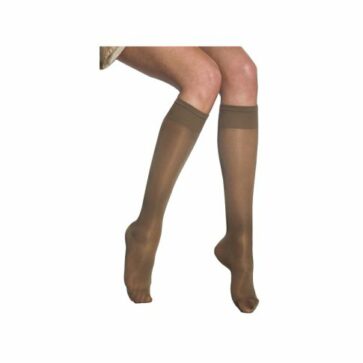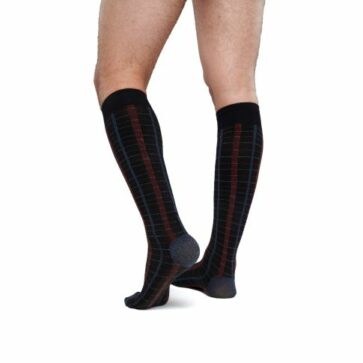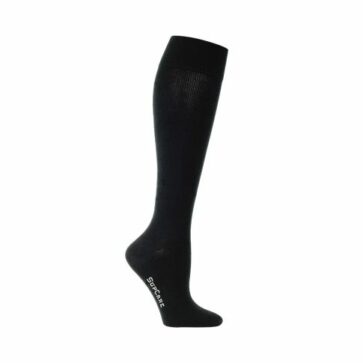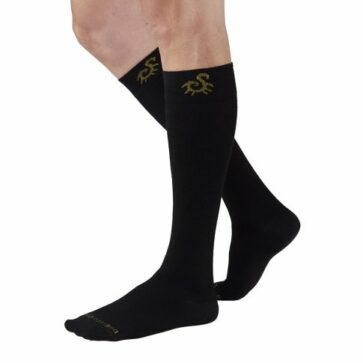Varicose Veins – A Guide
You may have heard about how wearing varicose vein socks, compression tights and compression stockings can be beneficial for your health. But have you ever wondered how they work?
Here is our simple guide to help you better understand compression wear as a treatment for varicose veins. You will learn what causes varicose veins and how Compression Hosiery for varicose veins can do so much to help you.
For Varicose Veins, Daylong recommends:
What are Varicose Veins?
Varicose veins are very common, affecting as many as one in three adults. Varicose vein symptoms include issues such as thread veins on legs and blue and black nobbled lumps on your calves. These can cause a feeling of discomfort, such as aching legs.How to prevent Varicose Veins
Most pharmacists and doctors recommend using compression hosiery such as Venosan Supportline compression socks because they:- give your legs a healthy boost with moderate graduated compression
- help prevent varicose veins
- relieve tired, aching legs
- are available for men and women in a choice of colours
- are very easy to put on and take off
What causes Varicose Veins?
When we are standing, blood in the veins has to travel against gravity. Every vein has a series of valves to stop blood flowing backwards. If the valves weaken with age or become damaged, blood collects in the vein and pushes the veins’ walls outwards. When it is stretched and permanently swollen with blood – creating spider veins on legs – the vein is said to be ‘varicose’. So what are the causes of varicose veins? There are many different causes of varicose veins, including:- Age: some people are more prone to developing varicose veins as they get older
- Gender: women are at more risk than men because oestrogen relaxes and weakens the walls of the veins
- Pregnancy: varicose veins are often a side-effect of having a baby
- Standing: if you are on your feet for long periods of time, blood tends can pool in the legs due to gravity
- Weight: extra body weight puts pressure on the blood vessels in your legs, making varicose veins and other circulatory problems more likely
- Smoking: anyone who smokes is more at risk of developing varicose veins than non-smokers
Top tips on how to prevent Varicose Veins
There are many things you can do to help relieve varicose veins symptoms. Many people with varicose veins do not need medical or surgical treatments but instead need help to cope with the symptoms of varicose veins by wearing compression socks, compression stockings or compression support tights. So what is the best treatment for varicose veins? Pharmacists, GPs and vascular specialists all recommend that you:- Control your weight – if you are overweight, get advice on losing weight
- Stop smoking
- Take regular exercise – get your leg muscles moving. This helps move the blood in your veins back to your heart and prevents blood pooling in your ankles and calves
- Wear good quality support stockings or compression tights – especially if you stand or sit for long periods or are suffering varicose veins during pregnancy




